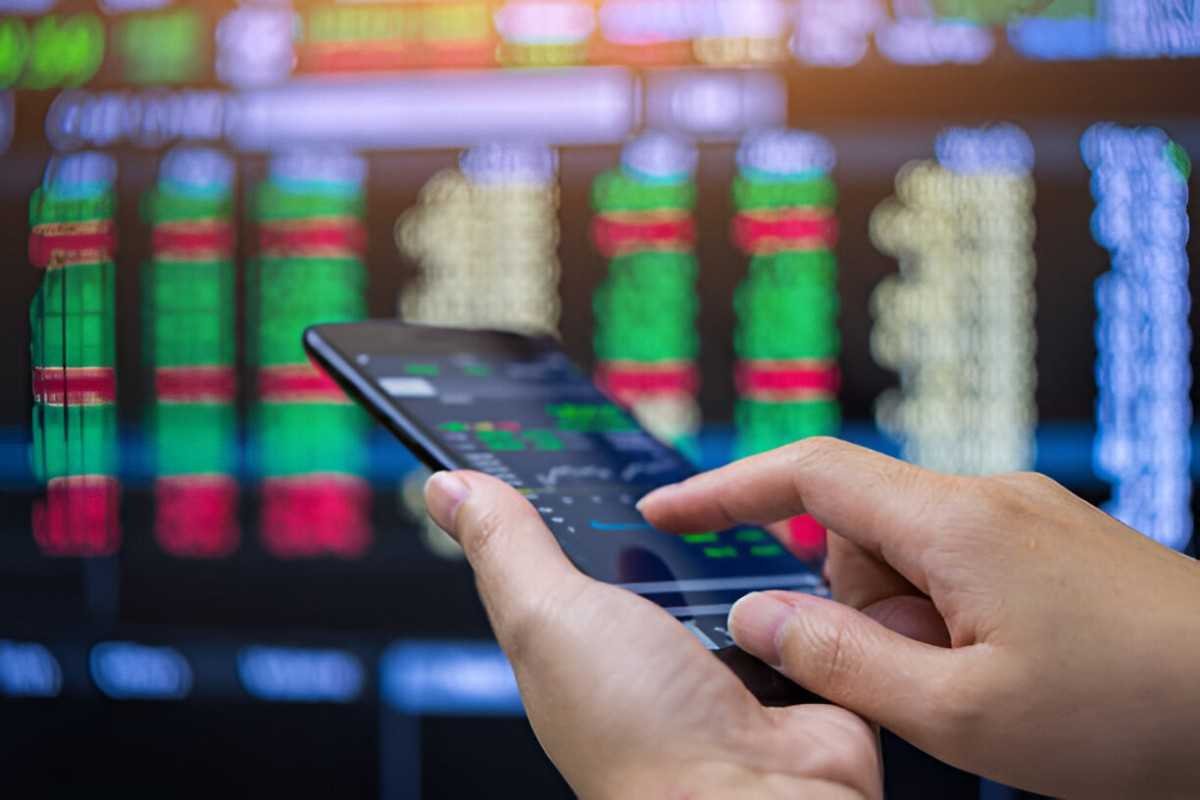As someone who has spent years analyzing stock market mechanics, I understand how confusing market closures can be for beginners. The last trading day of a stock carries unique rules, implications, and strategic opportunities. In this guide, I break down everything you need to know—from settlement cycles to ex-dividend dates—using plain English, real-world examples, and actionable insights.
Table of Contents
What Is the Last Trading Day?
The last trading day refers to the final day a stock can be bought or sold before a corporate action takes effect. This could be a dividend payout, stock split, merger, or delisting. Missing this deadline means you lose eligibility for the upcoming event. For example, if you buy a stock after its last trading day for a dividend, you won’t receive that payment.
Key Concepts to Understand
- T+1 Settlement Rule: Since May 2024, the U.S. stock market operates on a T+1 settlement cycle. This means trades settle one business day after execution. If you buy a stock on Monday, ownership transfers on Tuesday.
- Ex-Dividend Date: The cutoff to be eligible for a dividend. If the ex-dividend date is Thursday, the last trading day to qualify is Wednesday.
- Corporate Actions: Events like stock splits or mergers adjust share prices or structures. The last trading day before such events is critical for positioning.
Why the Last Trading Day Matters
Dividend Eligibility
Suppose Company X declares a dividend with an ex-dividend date of June 15. To receive the dividend, you must own the stock by June 14 (the last trading day). If you buy on June 15, you miss out. The stock price typically drops by the dividend amount on the ex-dividend date, reflecting the payout.
Example Calculation:
- Dividend: \$2.00 per share
- Stock price on June 14: \$50.00
- Expected price on June 15: \$48.00 (\$50.00 - \$2.00)
Stock Splits and Reverse Splits
If a company announces a 2-for-1 stock split, the last trading day before the split is pivotal. Shares bought after this date trade at the adjusted price.
Illustration Table:
| Event | Last Trading Day | Price Before Split | Price After Split |
|---|---|---|---|
| 2-for-1 Stock Split | July 10 | \$200 | \$100 |
Settlement Cycles and Their Impact
The shift from T+2 to T+1 in 2024 shortened the settlement window. This affects how last trading days align with corporate actions.
Settlement Timeline Example:
- Trade Date (T): You buy shares on Monday.
- Settlement Date (T+1): Trade settles on Tuesday.
- Ex-Dividend Date: Wednesday.
Since settlement happens Tuesday, you qualify for Wednesday’s dividend. Under T+2, you’d have needed to buy by Friday the prior week.
Common Misconceptions
- “I Own the Stock on Ex-Dividend Date”: No—you must own it the day before.
- “The Price Drop Equals the Dividend”: While it often does, market sentiment can distort this.
- “All Corporate Actions Follow the Same Rules”: Mergers, spin-offs, and buybacks have unique timelines.
Strategic Considerations
Short-Term Traders
For traders capitalizing on dividend captures, timing is everything. Buying just before the last trading day and selling on the ex-dividend date can yield quick gains—if the price drop is less than the dividend.
Example:
- Buy at \$50.00 on the last trading day.
- Sell at \$48.50 on the ex-dividend date.
- Profit: \$0.50 per share (\$2.00 dividend minus \$1.50 price decline).
Long-Term Investors
Long-term holders should ignore short-term noise. The last trading day is only relevant if reinvesting dividends or adjusting positions.
Tax Implications
Dividends received are taxable. If you sell the stock shortly after the ex-dividend date, the IRS may classify the dividend as “qualified” or “ordinary,” affecting your tax rate.
Final Thoughts
Understanding the last trading day helps you avoid costly mistakes and exploit opportunities. Whether you’re a dividend investor or a swing trader, mastering these mechanics ensures you stay ahead. Bookmark this guide, and revisit it before your next trade.





